5 cancers close to home
These five cancers are the most common across the U.S. . . . and here at home.
NH+C treats a wide range of cancers. These are the five cancers our Cancer Care team sees most often.
Understand your risks, what to watch for, how to screen . . . and when to see a doctor.
You can control some risk factors, but not all. For risks you can’t control, it’s important to: be aware of your own risk factors; talk with your primary care provider about them; and get appropriate screening.
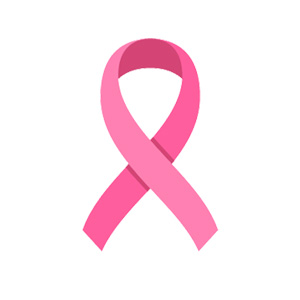
Breast
Risks you can’t control: Aging, genetics, family history, dense breast tissue, early menstruation, late menopause
Risks you can control: level of physical activity, being overweight after menopause, taking hormones, reproductive history, drinking alcohol
Watch for:
- New lump in breast or underarm
- Thickening or swelling
- Irritation or dimpling of breast skin
- Redness or flaky skin in nipple area
- Pulling in of nipple or pain in nipple area
- Nipple discharge
- Any change in size or shape of breast
- Pain in any area of breast
See a doctor: Any symptom above. Get an annual mammogram starting at age 40. Talk with your primary care provider about additional screening if you have risk factors.
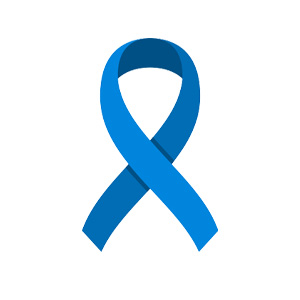
Colon/Rectum
Risks you can’t control: aging, history of polyps or irritable bowel syndrome, family history, race, type 2 diabetes
Risks you can control: being overweight, level of physical activity, diet (more veggies, less red meat), smoking, drinking alcohol
Watch for:
- A change in bowel habits (diarrhea, constipation, shape of stool) beyond a few days
- Feeling the need for a bowel movement that’s not relieved by having one
- Rectal bleeding with bright red blood
- Blood in the stool (dark brown or black)
- Cramping or abdominal pain
- Weakness and fatigue
- Unintended weight loss
See a doctor: Any symptom above. Start screening at age 45; colonoscopy is best.
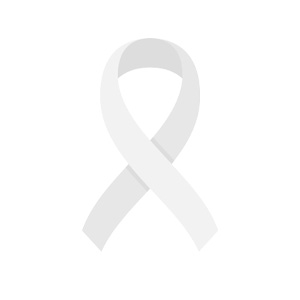
Lung
Risks you can’t control: family history, air pollution, past radiation therapy to the chest
Risks you can control: smoking, secondhand smoke, exposure to radon or asbestos
Watch for:
- A cough that does not go away or gets worse
- Coughing up blood or rust-colored spit
- Chest pain that’s worse when deep breathing, coughing, laughing
- Hoarseness
- Loss of appetite
- Unexplained weight loss
- Shortness of breath
- Feeling tired or weak
- Infections (bronchitis, pneumonia) that don’t go away or keep coming back
- New onset of wheezing
See a doctor: Any symptom above. If you smoke, talk with your provider about quitting.
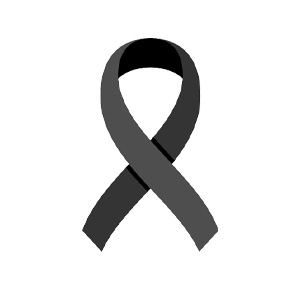
Melanoma
Risks you can’t control: UV light exposure, moles, fair complexion, freckles, family history, weakened immune system
Risks you can control: exposure to UV rays (sun, tanning beds)
Watch for:
- Change in size, shape, color of a mole or spot on your skin
- Mole bigger than a pencil eraser
- A sore that doesn’t heal
- Spread of pigment from the border of a spot into surrounding skin
- Redness or a new swelling beyond the border of the mole
- Change in sensation, such as itchiness, tenderness, or pain
See a doctor: Any symptom above. Get your skin checked once a year (more if higher-risk).
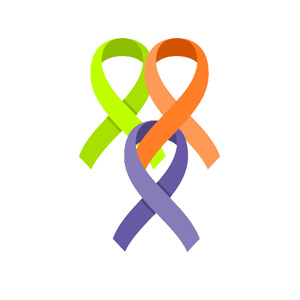
Blood
(includes leukemia, lymphoma, myeloma)
Risks you can’t control: Aging, race, family history, radiation exposure
Risks you can control: being overweight, strong immunity (diet, rest, infection prevention), exposure to herbicides and petroleum products
Watch for:
- Fatigue
- Persistent fever
- Night sweats
- Unexplained rash, bleeding, bruising
- Unexplained weight loss
- Frequent infections
- Swollen lymph nodes, enlarged liver or spleen
- Coughing, chest pain
See a doctor: Any symptom above that lasts more than a few weeks. Symptoms may feel like severe cold or flu.
